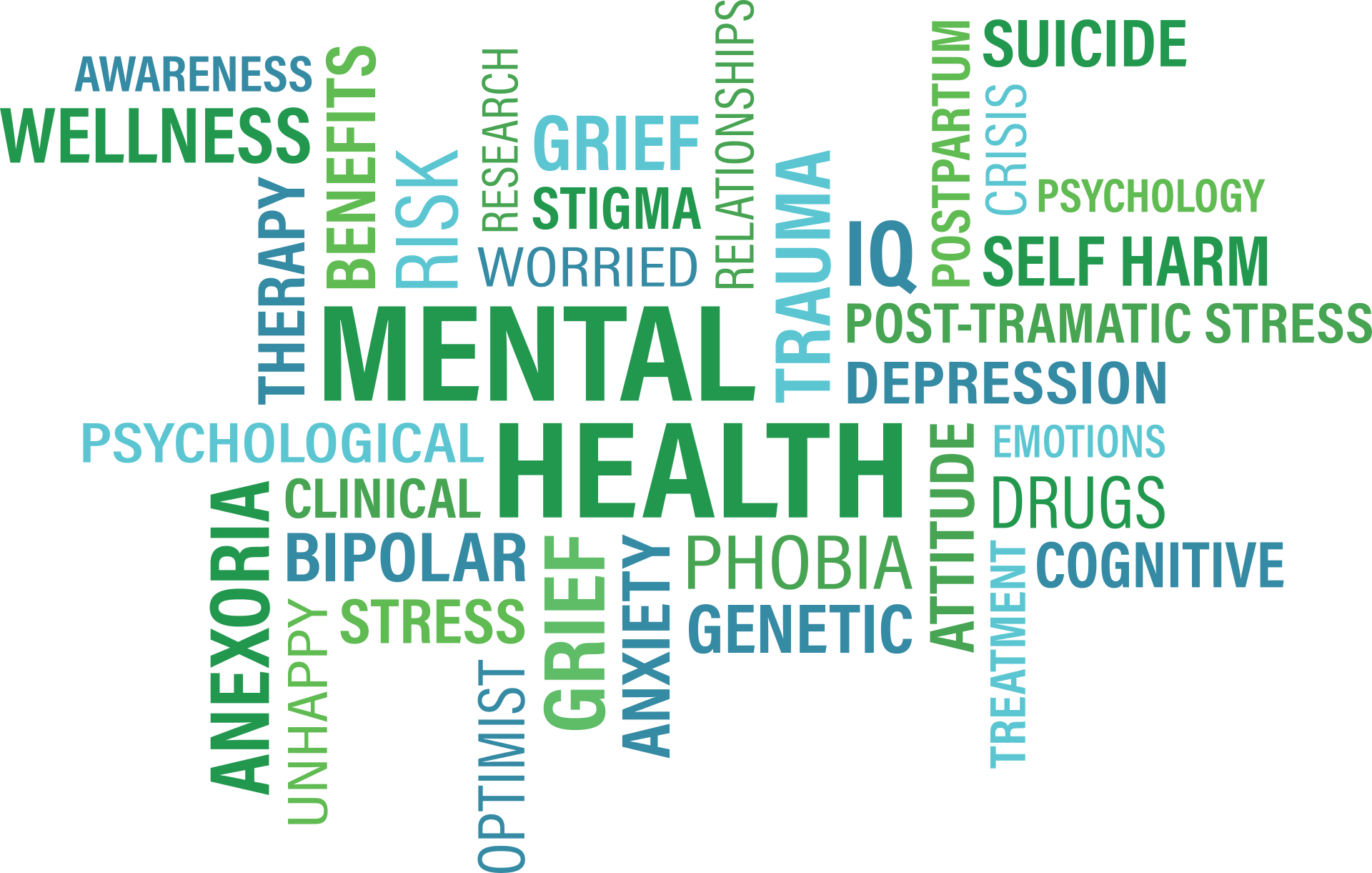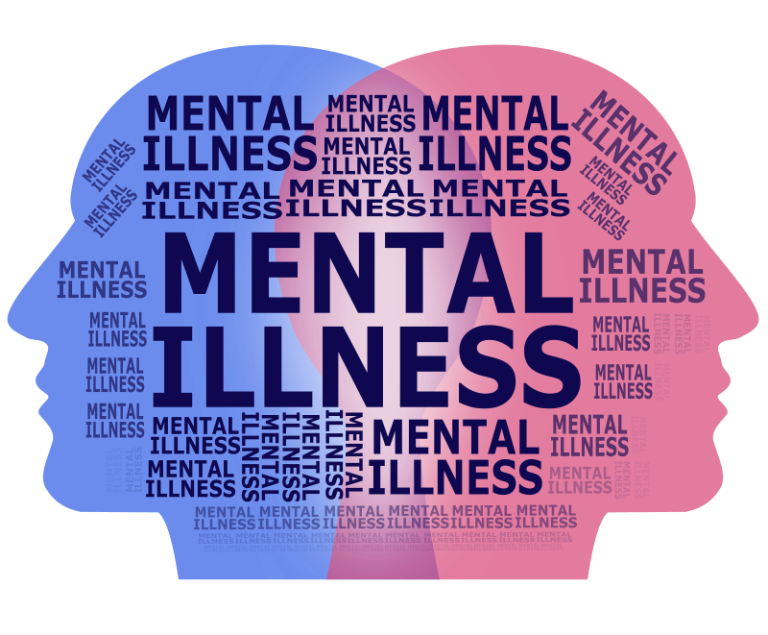Structural stigma and its impact on healthcare for borderline personality disorder
-
by
Dr Constantina Katsari
- No Comments on Structural stigma and its impact on healthcare for borderline personality disorder
Structural stigma doesn’t live in dark corners of healthcare. It sits in plain sight: in policies that exclude families from care discussions, in long waitlists that stretch beyond crises, in clinician attitudes shaped more by myth than by evidence. For people living with Borderline Personality Disorder (BPD), and especially for those who care about them, this isn’t just frustrating — it’s dangerous.
Structural stigma occurs when entire systems or policies reinforce negative assumptions about a particular group, creating cumulative disadvantages over time. For BPD, this often manifests through a lack of prioritisation in service funding, inflexible diagnostic criteria, and treatment pathways that exclude or stigmatise both individuals and their families. What makes this especially insidious is its invisibility — these are not always overt acts of discrimination, but the quiet, pervasive design of systems that were never meant to accommodate complex emotional needs.
A Review that Confirms What Carers Know
A recent scoping review by Klein, Fairweather, and Lawn (2022) maps how systemic bias and institutional norms routinely fail individuals with BPD across English-speaking countries. The findings are stark but familiar to anyone who has tried to get help for a loved one in distress: emergency departments often turn people away; carers are left out of treatment plans; and even when services are available, they may be patchy, underfunded, or overtly stigmatising.
The review draws from over 40 peer-reviewed studies and official reports, offering a comprehensive overview of how individuals with BPD — and by extension, their carers — are excluded from equitable healthcare. Across diverse settings, the same patterns emerge: a reluctance to diagnose BPD, refusal to provide ongoing support, and a dearth of trauma-informed practice. This is not about one bad experience. It is a systemic failure repeated across regions, disciplines, and decades.
Where the System Fails: Healthcare, Education, and Justice
The paper identifies three key systems where structural stigma shows up: healthcare, education, and the justice system. But healthcare — and mental health services in particular — are the epicentre. Clinicians working within risk-averse, overstretched systems may unconsciously absorb negative stereotypes about people with BPD, including ideas that they are ‘manipulative’, ‘untreatable’, or ‘attention-seeking’. These labels do not just harm individuals with BPD. They silence carers, discourage family involvement, and create institutional cultures that normalise neglect.
Clinician bias often intersects with system-level limitations like short appointment times, underfunding, and lack of BPD-specific training. When clinicians feel unequipped to provide effective care, they may avoid engaging with BPD cases altogether. This leads to superficial assessments, inappropriate referrals, and a dangerous game of ‘pass the patient’ between services. For carers, this translates into repeated rejection — being told their loved one is too unwell for primary care but not unwell enough for specialist intervention.
Early Stigma in Schools
In educational settings, the stigma begins early. Teachers and school staff often lack the training to understand or respond appropriately to emotional dysregulation in students who may later receive a BPD diagnosis. Behaviour is misread as defiance or attention-seeking rather than a signal of distress, and early opportunities for intervention are missed. This educational marginalisation can snowball, leading to academic disengagement, school exclusion, and further entrenchment of mental health difficulties. Families may be blamed or stigmatised for their child’s behaviour, reinforcing isolation and shame.
The review highlights how students with emerging BPD symptoms are disproportionately subject to punitive disciplinary measures rather than therapeutic support. This echoes broader social narratives that frame emotional intensity as deviance rather than vulnerability. In the absence of specialist school-based mental health teams, teachers are left unsupported, and families are too often vilified instead of validated.
Criminalised for Distress
The justice system offers no reprieve. The review notes that people with BPD are often criminalised rather than supported. Behaviours linked to emotional crisis — such as substance use, self-harm, or aggression — can lead to police involvement, custody, and punitive responses rather than healthcare. Police officers themselves report feeling undertrained and unsupported when responding to individuals with BPD, resulting in outcomes that escalate rather than de-escalate distress. For carers, involvement with the justice system can feel like the final blow: an already failing support system handing over responsibility to one even less equipped to help.
Several studies in the review show how emergency service responses tend to emphasise risk containment over care. Individuals in acute distress are sometimes treated as public nuisances rather than patients in need. This has particularly dire consequences for young people, people of colour, and those from marginalised backgrounds, who are already at heightened risk of both over-policing and under-treatment.
Treatable, Yet Out of Reach
The irony is that BPD is one of the most treatable psychiatric diagnoses. Therapies like Dialectical Behaviour Therapy (DBT) and Mentalisation-Based Treatment (MBT) can significantly reduce risk and improve quality of life. But these options are often gatekept by rigid referral pathways, high thresholds, and a lack of clinician training. Structural stigma becomes a self-fulfilling prophecy: people are denied care, deteriorate, and then are blamed for being ‘difficult to treat’.
Moreover, even when treatment is technically available, it may come with conditions that are impossible for people in distress to meet — such as requiring abstinence from self-harm before access. These arbitrary thresholds often ignore the realities of BPD and penalise those most in need. Families and carers are rarely informed about the rationale for such decisions and are left to pick up the emotional and logistical pieces.
The Carer’s Double Burden
For carers, this creates a double burden. Not only must they manage emotionally intense, high-stakes situations at home — often without any professional support — but they must also navigate a system that sidelines their knowledge and experience. Confidentiality is frequently cited as a reason to exclude family members, even when they are the first responders in crisis. This leaves carers isolated, unprepared, and traumatised by the very services meant to help.
The review underscores how exclusion from care discussions exacerbates carer burnout and undermines continuity. Carers often feel they are treated as liabilities rather than allies, despite playing a pivotal role in safety planning, emotional regulation, and harm reduction. Many report feeling disrespected, ignored, or outright blamed for their loved one’s condition — compounding their emotional load.
What Needs to Change
So, what can be done? As the authors of the review suggest, change must happen on multiple levels. At a clinical level, this means embedding trauma-informed, recovery-oriented care into every interaction. At a policy level, it means redesigning systems to prioritise continuity, early intervention, and family inclusion. And at a cultural level, it means dismantling the myths that still shape how BPD is perceived and responded to.
Institutions must adopt training frameworks that explicitly address stigma, unconscious bias, and carer engagement. Policies should reflect the importance of continuity of care, clear communication pathways, and collaborative safety planning. Crucially, lived experience — both from individuals with BPD and their carers — must be central to service design and evaluation.
You Are Not Alone
For carers, it helps to know you’re not imagining it. The barriers you face are not personal failures or misunderstandings — they are systemic patterns, now backed by evidence. Knowing this can be the first step toward advocacy, toward demanding better, and toward finding community in others who understand.
How BPD UK is Responding
At BPD UK, we exist to fill these gaps. Through our peer-led support groups, AI-powered BPD Coach, and evidence-informed courses, we help carers navigate systems not built for them. But we also work to change those systems — by highlighting structural failures, amplifying lived experience, and building a national platform where carers’ voices are no longer the quietest in the room.
We believe that change is not only necessary — it’s already underway. Every carer who speaks out, every clinician who listens differently, and every policymaker who prioritises inclusion brings us closer to a system that heals instead of harms.
Read the original study here: https://www.sciencedirect.com/science/article/pii/S2215036622000815
💬 Caring for someone with BPD?
👉 Book a FREE One2One support session
🧠 Join our FREE webinars and peer groups
📩 To book email us at: info.bpduk@gmail.com
Discover more from BPD UK
Subscribe to get the latest posts sent to your email.




